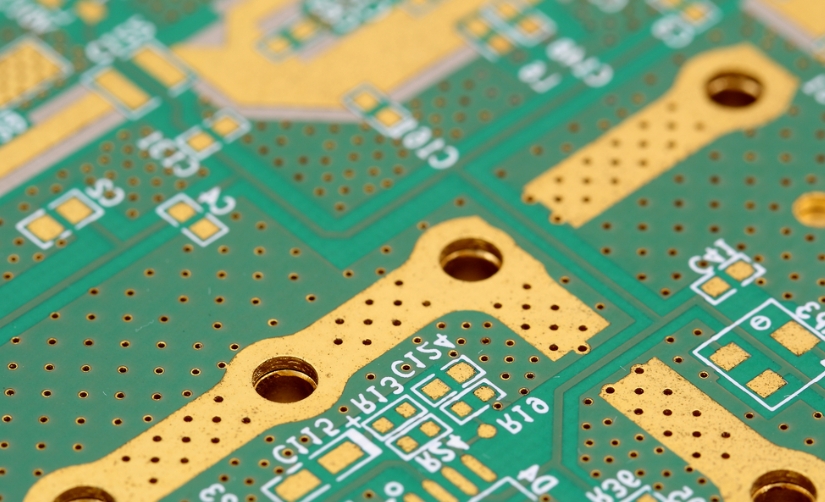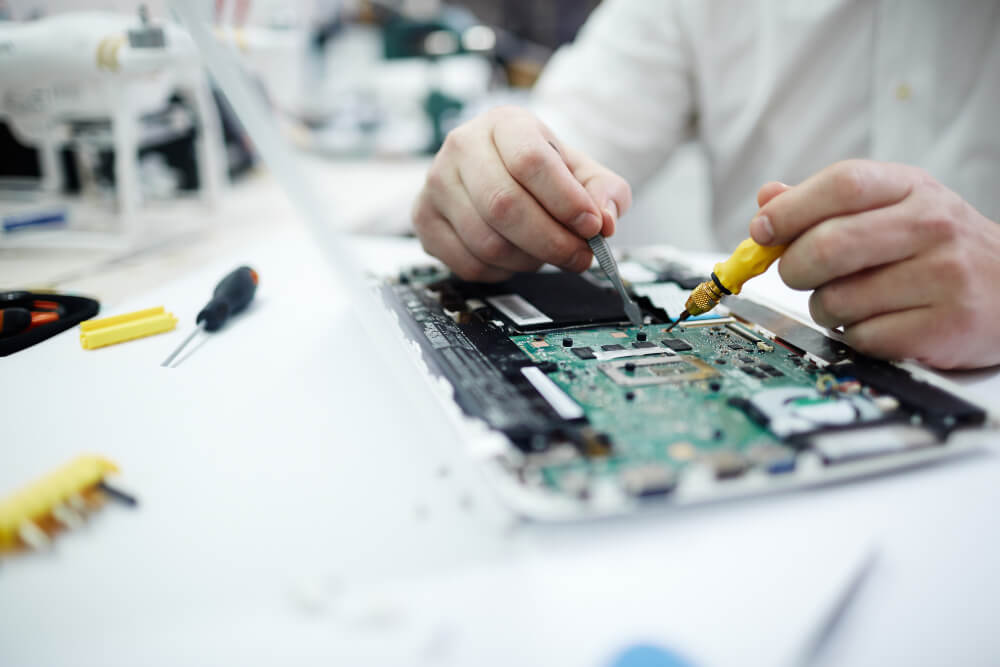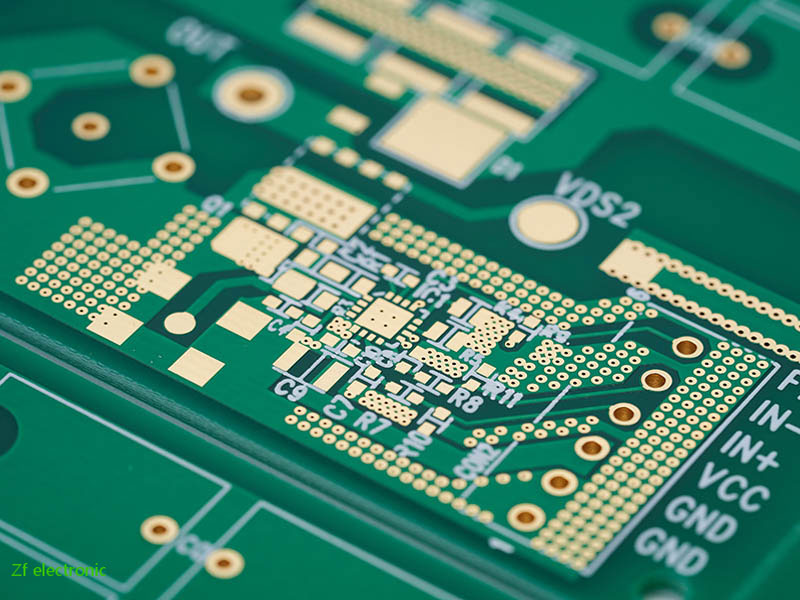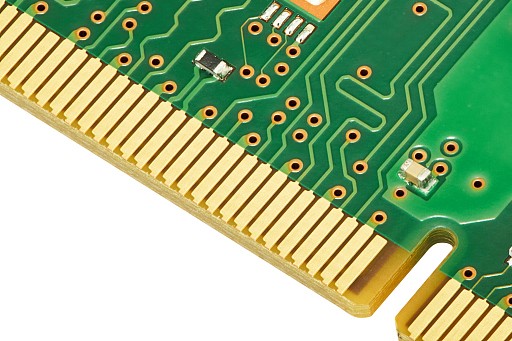SSD PCB Trends: What the Next Generation Storage Modules Hold for the SSD Market. The SSD market is expanding rapidly as data-driven technologies dominate the global economy. From hyperscale data centers to high-end gaming laptops, every device now demands faster storage. This growth has put tremendous pressure on the SSD PCB, which serves as the […]
Printed circuit boards are the backbone of the electronics industry. Choosing between a double-sided PCB and a multilayer board can directly influence both cost and performance. In many cases, companies find that using a double-sided PCB strikes a balance between reliability and affordability, especially when design complexity does not require advanced stack-ups. Let’s dive into […]
Printed circuit boards often rely on edge connectors for fast and reliable communication. Gold finger PCB connectors play a critical role in maintaining high-frequency signal integrity across many industries. Their design, plating quality, and geometry have a direct impact on performance, particularly in advanced computing and telecommunications. Why Gold Plating Matters in High-Frequency Applications Gold […]
Printed circuit board technology continues to evolve rapidly. As 2025 approaches, PCB manufacturing faces both challenges and opportunities. Companies must track key trends to remain competitive and meet growing demands from the automotive, telecom, and consumer electronics sectors. Shift Toward Advanced Materials One of the most substantial shifts in PCB manufacturing is the adoption of […]
Power electronics and electric vehicles (EVs) demand higher efficiency and reliability. Engineers need boards that can handle extreme current loads without failure. This is where Heavy Copper PCB technology becomes essential. Unlike standard PCBs with thin copper layers, heavy copper designs use thicker copper foil to manage higher currents and improve thermal performance. Their growing […]
Data center operators choose SSDs for their speed and reliability. However, the printed circuit board inside each drive — specifically, the SSD PCB — has a significant impact on both performance and reliability. Design choices on the board change thermal behaviour, signal integrity, power delivery, and testing outcomes. I explain why these choices are essential […]
Efficient use of space is one of the biggest challenges in modern electronics. Devices are getting smaller, yet performance demands continue to grow. This is where the Double-Sided PCB plays a key role. By using both sides of the board for routing and components, engineers can achieve compact yet powerful designs. Below are practical design […]
High-frequency boards demand clean, reliable signal paths. Poor contacts or impedance shifts ruin performance. A gold finger PCB addresses these problems at the physical interface. Below, I explain why gold fingers matter, how they affect signal integrity, and what design choices engineers should make. What gold fingers are and why they matter Gold fingers are […]
High-density data centres are growing rapidly as digital transformation drives massive data processing and storage needs. From cloud computing to artificial intelligence, these facilities must support heavy workloads without downtime. To achieve this, the design of their hardware must evolve. At the core of this evolution is the Multi Layer PCB. It enables high performance, […]
Gold Finger PCB connectors are essential components for reliable electronic performance. They provide durable, low-resistance connections between printed circuit boards and devices. However, repeated insertion, environmental exposure, and improper handling can cause wear, corrosion, or contamination. Proper inspection and maintenance prevent failure, extend service life, and maintain signal integrity. Understanding these best practices helps engineers […]









